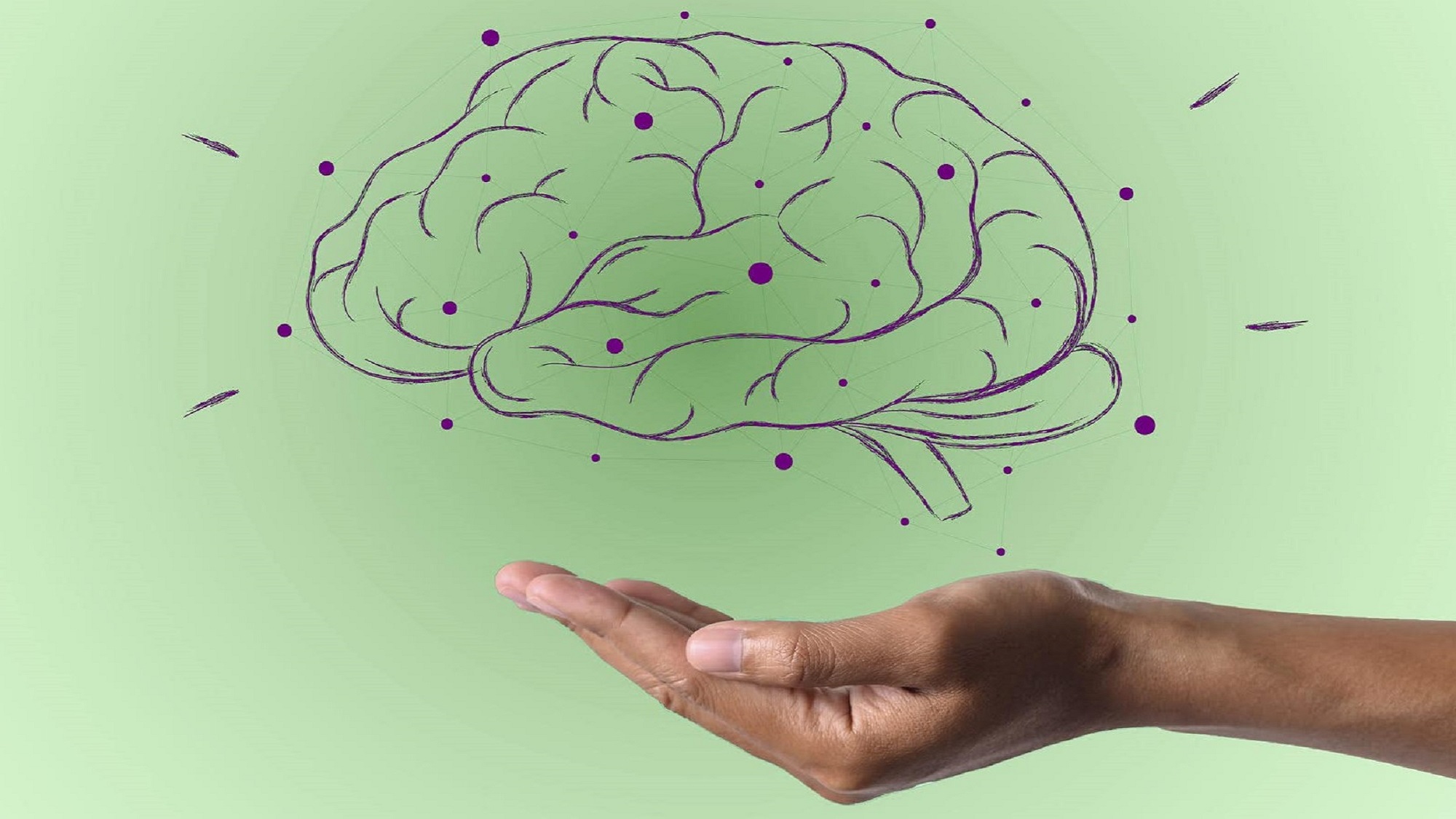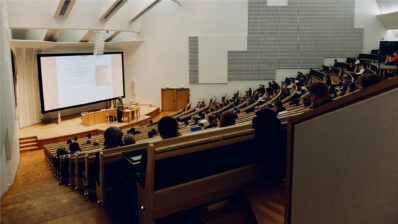This book is exactly what the title promises: a joint reflection by a neuroscientist (Beatriz Fagundo, researcher at the Neurosciences Research Programme of the Hospital del Mar Medical Research Institute (IMIM)) and an educator (Montserrat Pedreira, doctor in education and teacher in early childhood education) on how best to help children’s development.
Published in October 2022, it is a short and easy-to-read book that invites us to see children’s learning in a different way, linked to the development of their brains. Through Blanca, a little girl just over a year old, and her playing with a ray of light, the authors begin to talk about the role in learning of emotions, non-verbal language, experimentation, intrinsic and extrinsic motivation, curiosity, creativity, mistakes, anticipation and even the senses (how we perceive reality through seeing, touching, smelling or tasting).
They talk about the importance of socialisation (such as the class assembly) and play, which stimulates creativity and releases serotonin, acetylcholine and endorphins; about rest (a nap for children, but also restorative sleep for adults!) and food.
And also about the importance of the contact with nature. On the one hand, because ‘the world is outside’, and going out allows the little ones to contrast what they learn in the classroom with reality. But also because several studies, including some conducted at the Barcelona Institute for Global Health (ISGlobal), have shown how exposure to green spaces benefits cognitive function.
In fact, for each of these cases, they show us practical scenes of children in the classroom (little Blanca is only the first example), which they complement with evidence from psychology and sociology studies, and with molecular insights into what happens in the brain.
Thus, the authors combine their combined experience in neuroscience and early childhood education to remind us that learning has to be rewarding; that emotionally positive learning is the only way to really learn; and that therefore, we must recover the pleasure of learning, and not of just repeating what the teacher says.
“Emotionally positive learning is the only way to really learn”
Although it does not attempt to provide specific solutions or say ‘what to do with children’, it is a book that is sure to be very useful for any teacher who wants to delve a little into the scientific basis of how children learn and develop, how they explore the world, how they grow.







